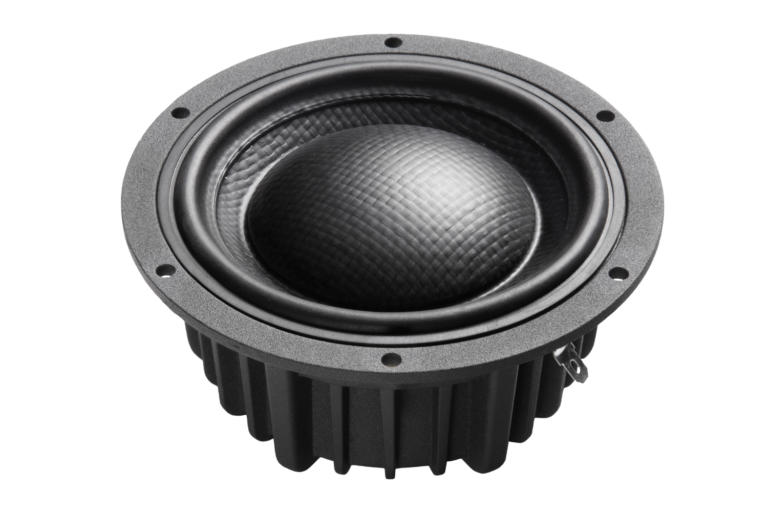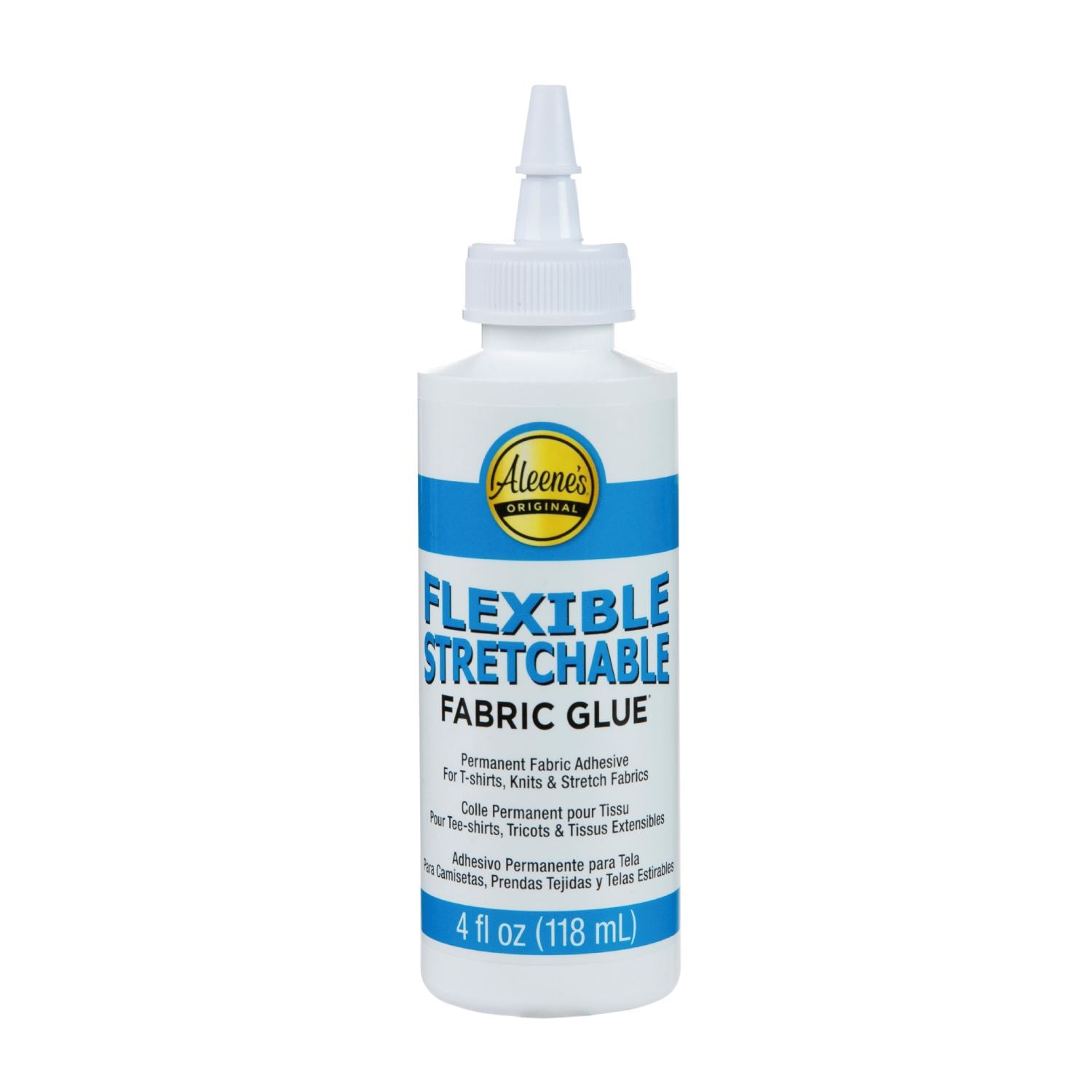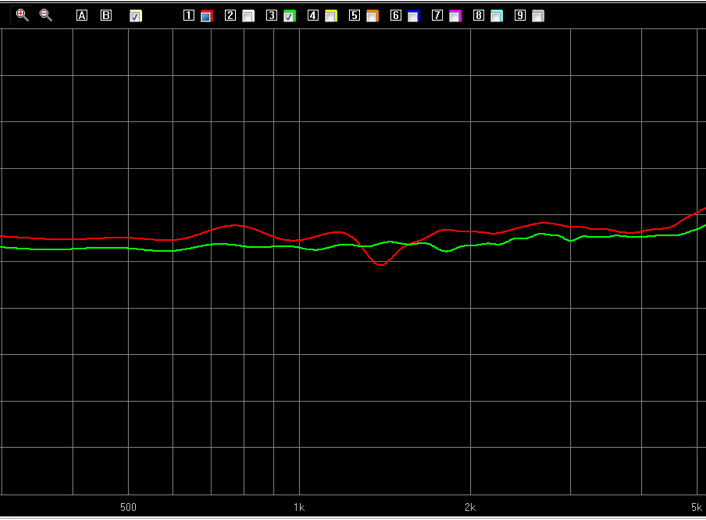This piece by Troels Gravesen is pretty interesting. :P
Cone edge resonance
Collapse
X
-
Interesting read! I'm curious how the edge coating changed the non linear distortion, perhaps reducing the rise in 2nd order near the surround resonance. I usually avoid soft cone drivers when it isn't practical to cross below the resonance/dip.- Bottom
-
I did some cone edge treatment for SEAS MR18 with self-adhesive felt pads, but it helped only for the resonance peak.
ADAM audio uses a special 4" midrange in S-series. Looks like a nice driver too! https://www.adam-audio.com/en/techno...drange-driver/
 My DIY speaker history: -74 Philips 3-way, -82 Hifi 85B, -07 Zaph L18, -08 Hifitalo AW-7, CSS125FR, -09 MarkK ER18DXT, -13 PPSL470Dayton, -13 AINOgradient, -18 Avalanche AS-1 dsp, -18 MR183w
My DIY speaker history: -74 Philips 3-way, -82 Hifi 85B, -07 Zaph L18, -08 Hifitalo AW-7, CSS125FR, -09 MarkK ER18DXT, -13 PPSL470Dayton, -13 AINOgradient, -18 Avalanche AS-1 dsp, -18 MR183w- Bottom
Comment
-
Since the dip is a cancellation it should reduce distortion when getting the parts back in phase? At least that’s what my amateur gut feeling says!
I think it’s interesting that the modified drivers seem to sound so different to the originals. Wish I had some drivers to test on...- Bottom
Comment
-
Interesting article. But something I’d recommend keeping in mind, the pattern I see here is that this is a soft cone driver issue (paper and plastic) we see it with all kind of ScanSpeak woofers for example, and the Satoris too-
But you know what? I generally do not see anything like this kind of interaction between the cone edge and the surround for metal and ceramic cone drivers. That’s one of the beauties of the venerable RS180a, even with it’s somewhat primitive motor and impedance control.
Pro guys can run into this too, and they often address things in a different manner, like the unusual surround design of the 18Sound 6ND430. or how about the surround design of the new iPurifi midwoofer?the AudioWorx
Natalie P
M8ta
Modula Neo DCC
Modula MT XE
Modula Xtreme
Isiris
Wavecor Ardent
SMJ
Minerva Monitor
Calliope
Ardent D
In Development...
Isiris Mk II updates- in final test stage!
Obi-Wan
Saint-Saëns Symphonique/AKA SMJ-40
Modula PWB
Calliope CC Supreme
Natalie P Ultra
Natalie P Supreme
Janus BP1 Sub
Resistance is not futile, it is Volts divided by Amperes...
Just ask Mr. Ohm....- Bottom
Comment
-
-he "missed the boat" with regard to correlation with subjective detail and measurements. ops:
ops:
He should have presented UN-smoothed responses.
Here is Dan's experiments on this from a while back which necessarily includes damping surround resonances:
the Eminence Delta ProA . Yes, their response graph is optimistic. Prior to any treatment, the one's polar response looked like this: ...
one driver over the initial curing as of June 9,2010: Same driver in slightly different measuring conditions today June 22, 2010: ...
Note what he says about efficiency and larger vs. smaller drivers: its largely down to the amount of weight of the treatment in relation to the Mms of the driver - higher mass (larger) drivers exhibit much less change as a percentage of Mms.
I think he used this stuff:
 When it comes to stretchy fabrics, choose a glue that moves with you! Aleene’s Flexible Stretchable Fabric Glue has a flexible drying formula that’s perfect for repairing and embellishing knits, dancewear and other stretchy fabrics. Its nontoxic formula dries clear, permanent, and washable with extra give so it won’t crack with movement and wear.
When it comes to stretchy fabrics, choose a glue that moves with you! Aleene’s Flexible Stretchable Fabric Glue has a flexible drying formula that’s perfect for repairing and embellishing knits, dancewear and other stretchy fabrics. Its nontoxic formula dries clear, permanent, and washable with extra give so it won’t crack with movement and wear.
Stiffening a cone just increases the problems of upper freq. resonant behavior:
Here's the new driver prior to cone stiffening treatment with Mod Podge® Hard Coat : and after: The impulse before: and after: ...
..and of course this is with paper diaphragm drivers. The stiffer the diaphragm material, the less effect any surround damper will have.
The proper method for applying damping like this is *apex of the surround down into the cone (by a bit more than the distance from surround edge to surround apex, sometimes double that). Apply it in a continuous brush fashion (driver rotating) as if you were painting a stripe on pottery. It usually requires several thin applications with an interval of drying between coats.
*assuming a single roll surround.Last edited by Scottg; 13 September 2019, 03:01 Friday.- Bottom
Comment
-
Troels' explanation for cone edge/surround resonances doesn't make sense either.
If the reason was the surround going backwards, with the forward motion of the cone, then stiff cones would also have significant issues. In fact I would expect stiff cones to be more pronounced as their cone edges would be driving the surround perfectly because of no breakup. Any breakup would only modulate the driving force driving the surround and lessen the issue.
If it is the surround going backwards, relative to the cone, then it's only doing it because the cone edge itself is breaking up and flexing in a way that it shouldn't. The cone edge would be going backwards in antiphase with resonance, relative to the rest of the cone, and would be driving the surround backwards as a result. Of course the tuning of said resonance would also include the surround, hence the cone edge/surround resonance that we routinely mention here.
The way Troels' describes it makes it sound like putting the cart before the horse and blaming the surround though. The entire problem is still with the cone and this allows it to interact negatively with the surround.
The B&W flat foam ring behind the cone seems to solve this issue but they've approached this from the right direction - the cone is faulty and usually flexes in sympathy with the surround. The surround can hardly be considered at fault for this as it's its job to be flexible. They've reduced the severity of such an issue by changing the mechanism of the surround. This works. But in B&Ws case comes with a severe limitation, the driver can only operate with a tiny amount of physical excursion before nonlinearities ensue.
Maybe it was the language divide that made Troels' article come across as such. But either way, to me, it read at if he was placing the blame on the wrong thing.What you screamin' for, every five minutes there's a bomb or something. I'm leavin' Bzzzzzzz!
5th Element, otherwise known as Matt.
Now with website. www.5een.co.uk Still under construction.- Bottom
Comment
-
This .pdf helps to understand the issue
as well as this video
My DIY speaker history: -74 Philips 3-way, -82 Hifi 85B, -07 Zaph L18, -08 Hifitalo AW-7, CSS125FR, -09 MarkK ER18DXT, -13 PPSL470Dayton, -13 AINOgradient, -18 Avalanche AS-1 dsp, -18 MR183w- Bottom
Comment
-
Last edited by Scottg; 15 August 2019, 15:41 Thursday.- Bottom
Comment
-
Yeah that program is great and it makes me wonder why any manufacturer would release a driver with issues in the areas you don't want them to be.
I understand the problem and that simulation just shows you how bad things can look! Maybe it exaggerates the severity somewhat to make them glaringly obvious, obviously not exaggerating the severity of what the breakup is doing to the frequency response, but the severity of the animation. Some of that looks positively destructive as if it would crease a paper cone over time.
I do know that SB specifically made a decision to keep the thin, less well damped, surround and let the cone edge resonance shine through. They felt the driver subjective performance was more 'alive', I guess would be the right word, with the one they went with, even though the big dip shone through. Still waiting for my metal Satori.What you screamin' for, every five minutes there's a bomb or something. I'm leavin' Bzzzzzzz!
5th Element, otherwise known as Matt.
Now with website. www.5een.co.uk Still under construction.- Bottom
Comment
-
I haven't visited here for quite a few years, had occasion to today, found this interesting, especially the link to the video.
Cone edge treatments are probably more likely to benefit cheaper drivers. In 2006 I experimented with the cheap Insignia 2-way, just to have some fun. The results show that edge treatment can make quite a difference, but as some have noted, the diaphragm material is a big factor on the efficacy of any treatment.
dlr- Bottom
Comment





Comment